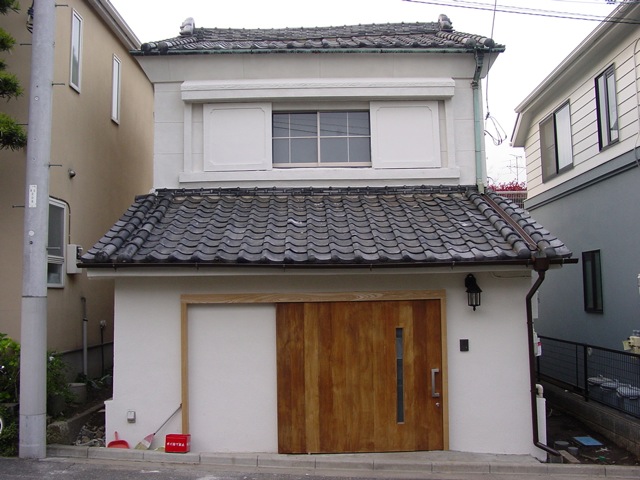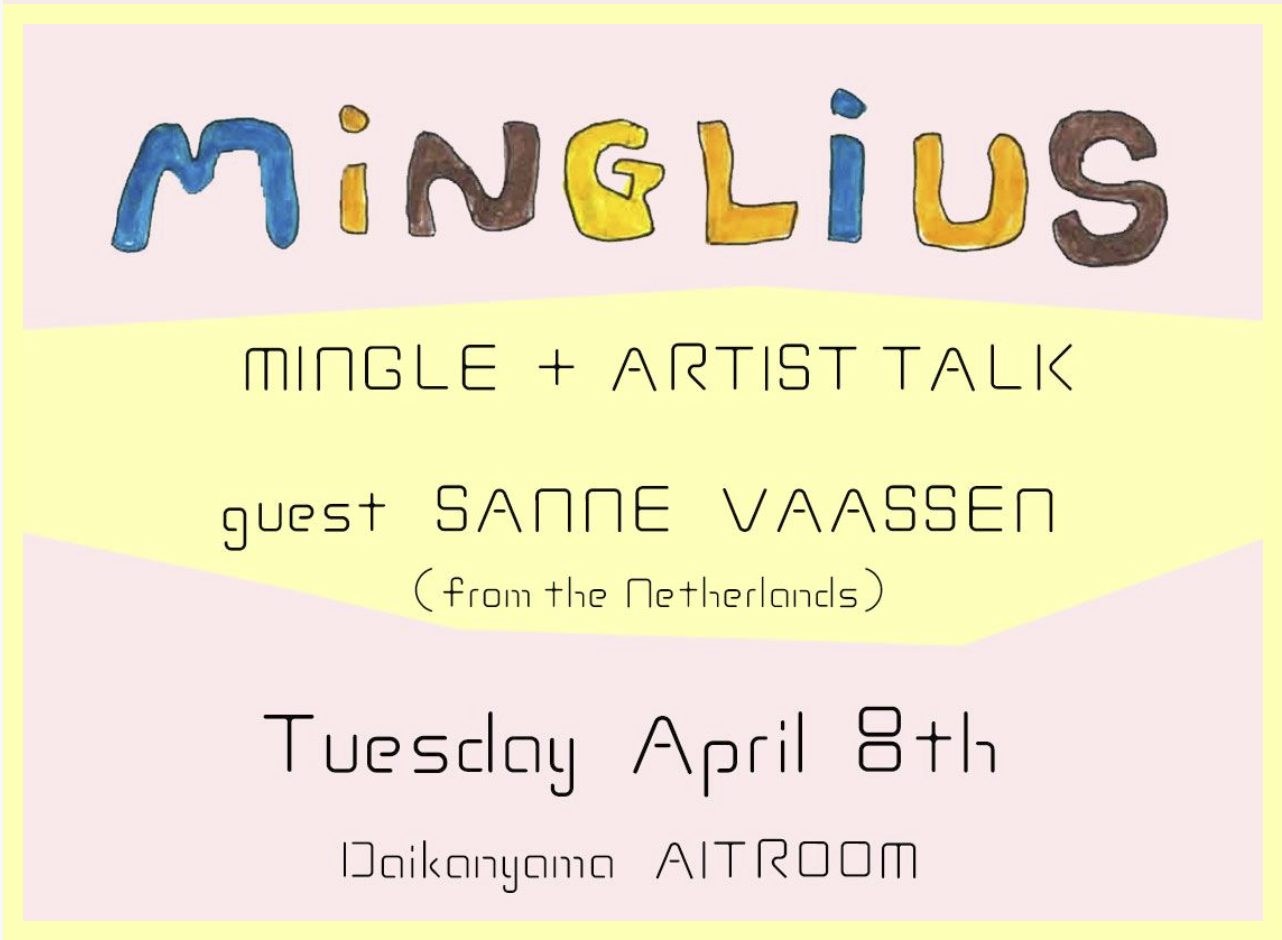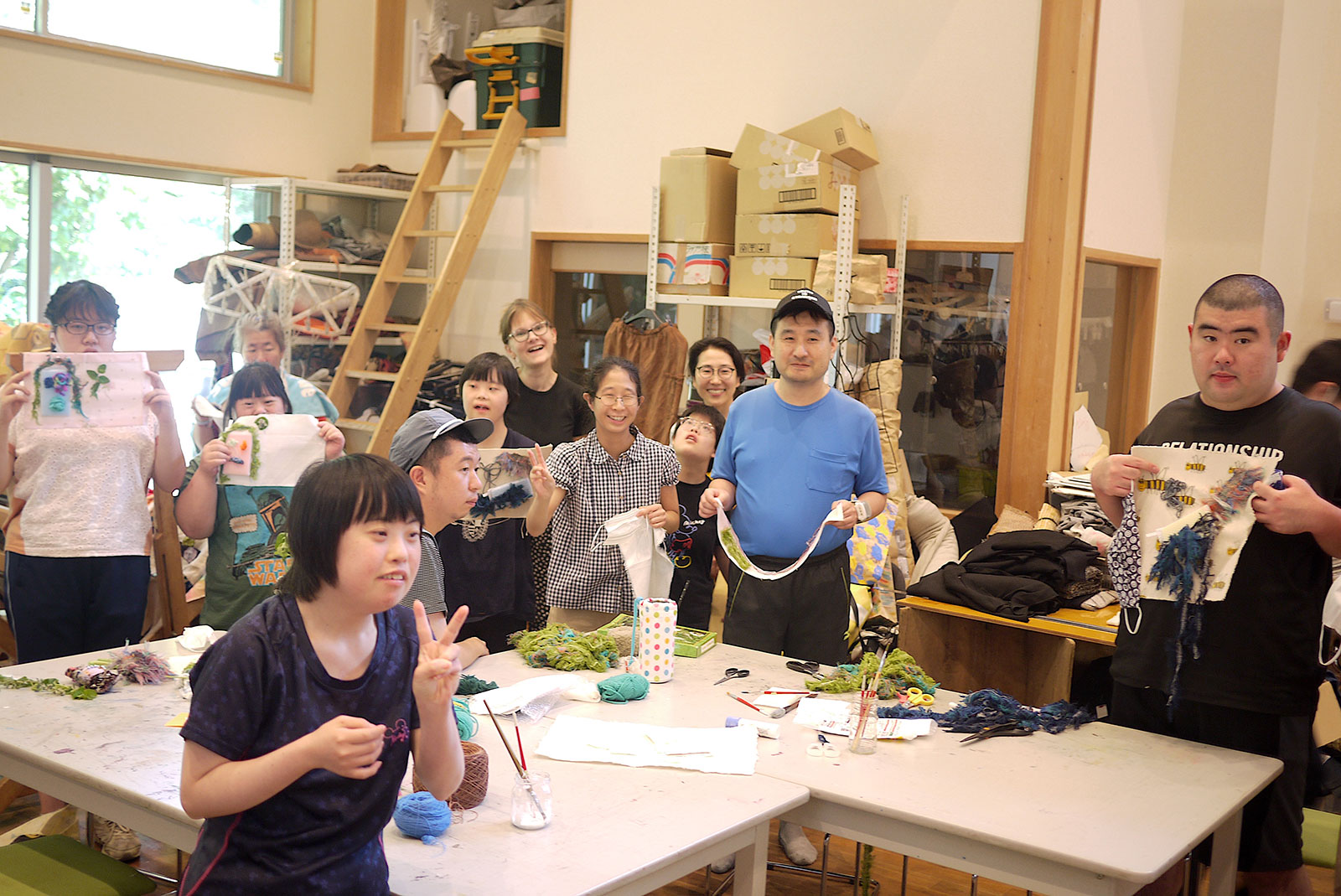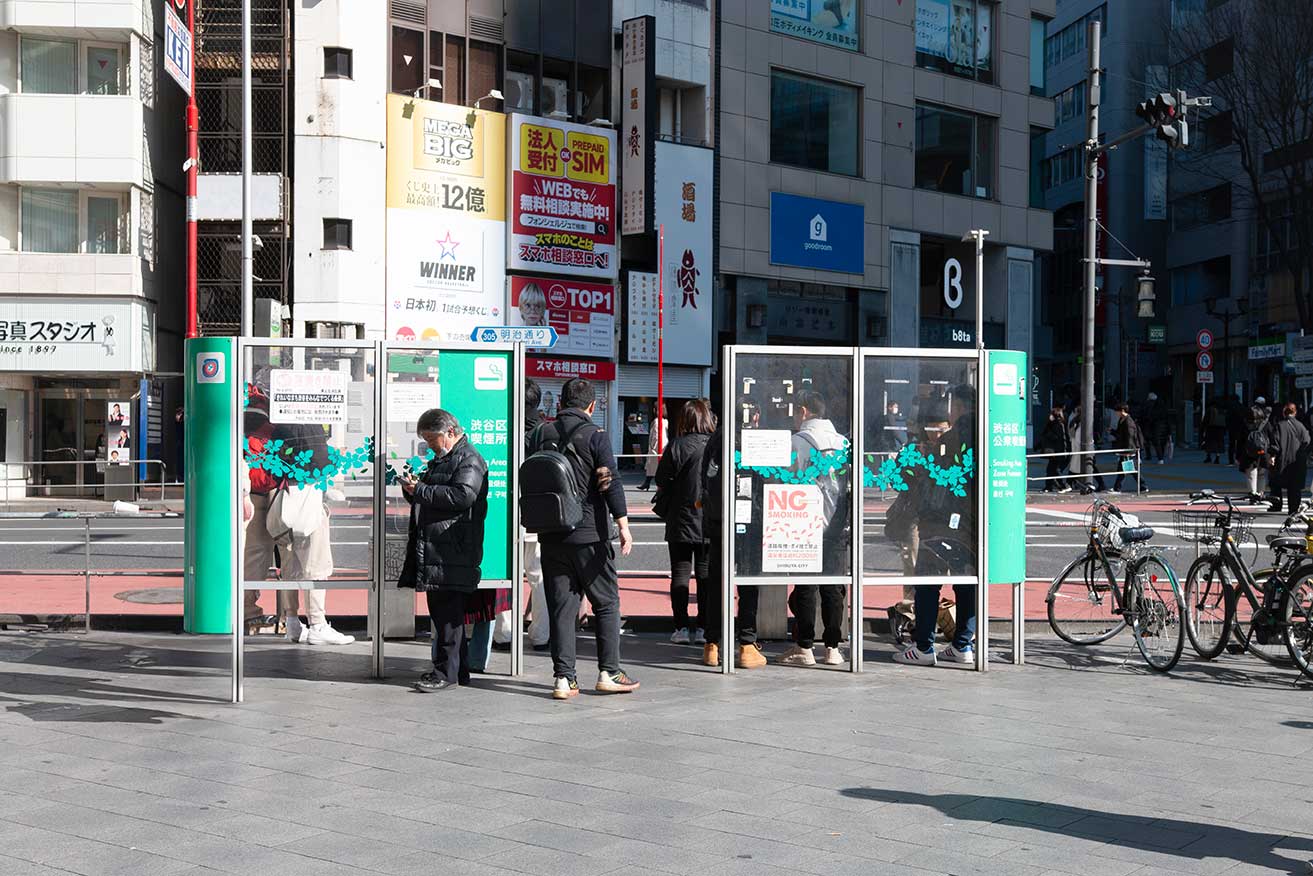
Mafumi Wada (AIT)
Since 2003, AIT has been inviting artists based in the Netherlands to Tokyo through a partnership with the Mondriaan Fund as part of its Artist-in-Residence program. In this blog, we feature a residency report and research highlights from Sanne Vaassen, an artist based in Maastricht, the Netherlands, who joined us in 2025. The post includes photos documenting her stay and creative process.
Text: Sanne Vaassen (Artist)
About Sanne Vaassen
Sanne Vaassen received her BA from the Maastricht Academy of Fine Arts in 2013. Following her participation in the Jan van Eyck Academie from 2014 to 2015, she was awarded the Henriëtte Hustinx Prize for emerging artists (2013) and the Parkstad Limburg Prize (2016). In 2024, she received the Symbio Kunstpreis, an award given to artists whose work engages with the natural environment and suggests visions for a sustainable future.
During her stay in Tokyo, Sanne will research the city’s network of waterways and the flood control systems hidden beneath its surface. Her focus will be on exploring the historical shapes of Tokyo’s rivers and examining how human intervention has altered their flow over time.
Text: Sanne Vaassen
During my stay at Arts Initiative Tokyo through the Mondriaan Fund, I researched the water network of the city and the invisible flood control system that lies beneath it.
The history of flood control in Tokyo
To gain a better understanding of water management in the Tokyo Metropolitan Area, I visited the ‘Metropolitan Area Outer Underground Discharge Channel’, also known as G-Cans. This underground infrastructure project is one of the the largest floodwater diversion facility in the world, designed to control the overflow of the city’s major waterways and rivers during the rainy and typhoon seasons. When water levels rise above the banks of smaller rivers, excess water flows into a giant shaft large enough to hold the Statue of Liberty. From there, it travels through underground tunnels to a massive pressure-adjusting tank known as the “Underground Shrine,” before being drained into the Edogawa River. Witnessing the scale of this underground structure was inspiring, as it highlighted the delicate balance between human intervention and natural forces in Japan.
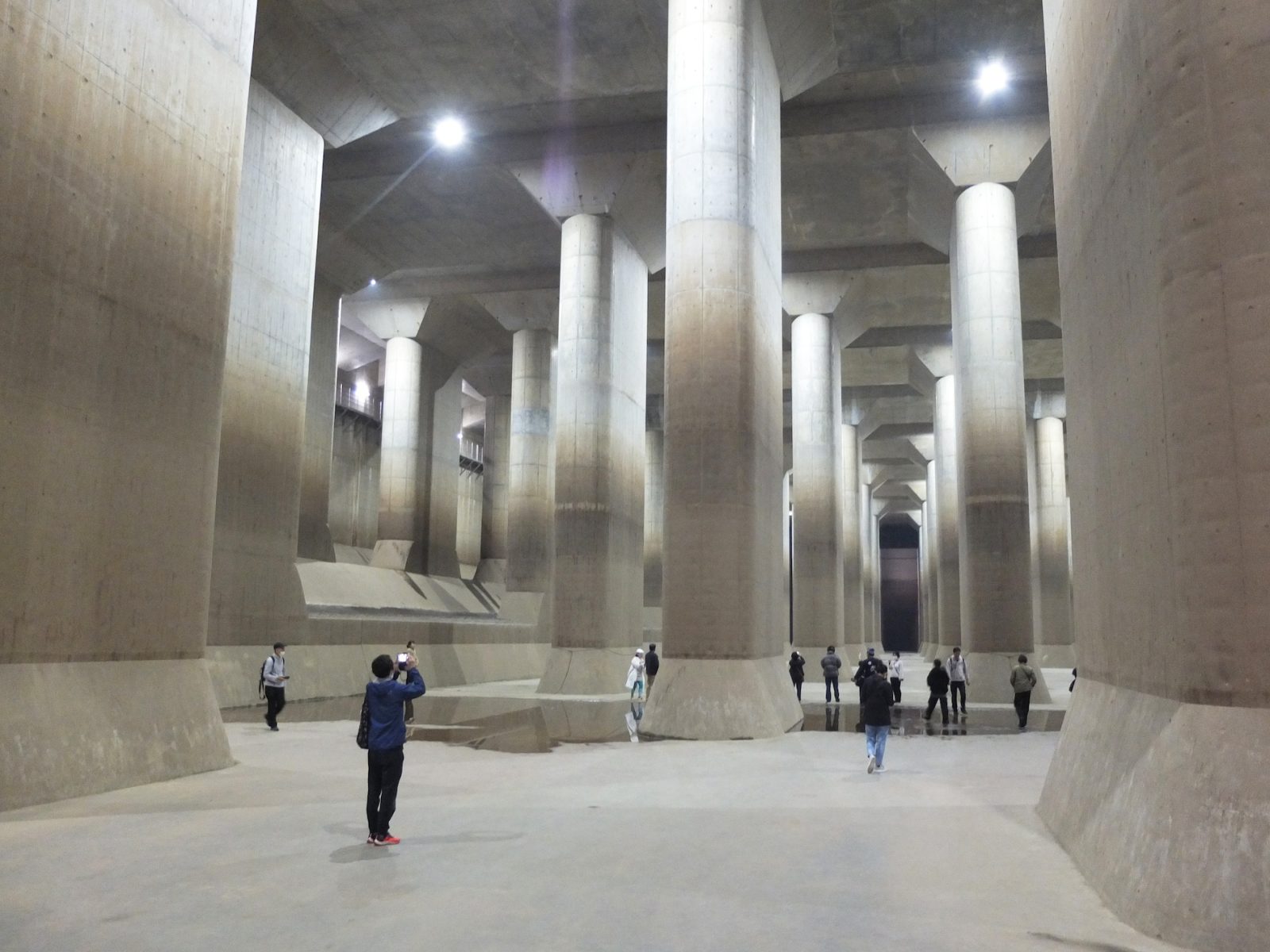
To delve deeper into the historical layers of Tokyo’s waterways, I embarked on a boat tour of the city’s rivers. As we passed beneath historic bridges and alongside the stone walls of Edo Castle’s outer moat, the guide explained how Tokyo evolved from the foundation of the city of Edo. Floating along these man-made waterways, excavated 350 to 400 years ago, it became clear how profoundly water has shaped the city. Tokyo, in many ways, is a city of water.
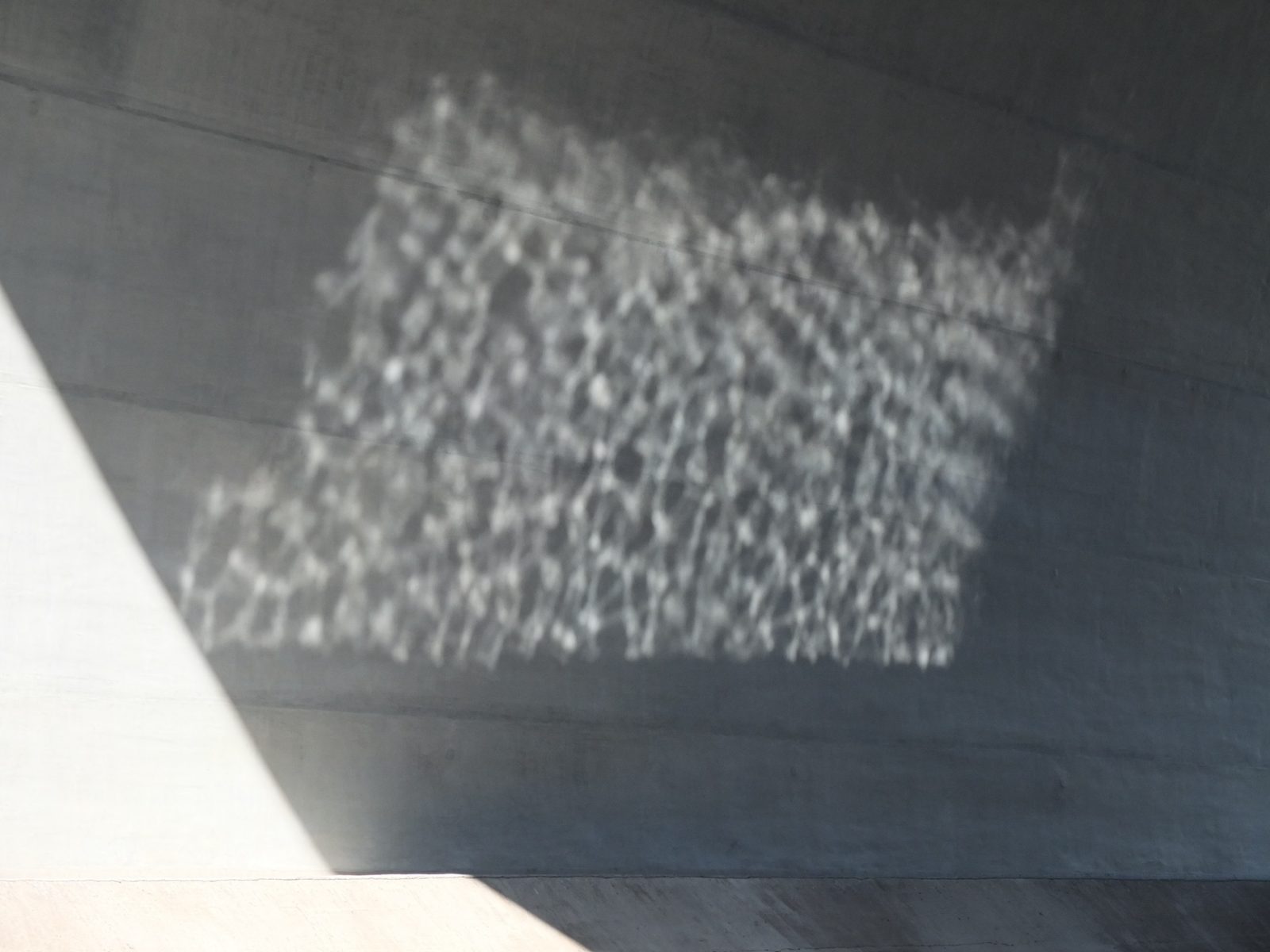
In addition to these trips, the Tokyo Waterworks Historical Museum proved very helpful in tracing the origins of the city’s water system. I learned that the history of Tokyo’s waterworks goes back to the early 17th century, when Tokugawa Ieyasu established his shogunate in Edo. It reminded me of the important role that politics had on the preservation of natural landscapes and that it still has. To understand the influence of human interventions on the shapes of the rivers of Tokyo I collected historical maps from various periods, tracing how Tokyo’s water network evolved under both natural forces and human influence. I divided the city’s history into five key periods, which allowed me to focus on specific timeframes and gather maps that illustrated how human activity had altered the course of the rivers. Currently, I am planning to reinterpret these findings in a tangible form using glass tubes, collaborating with a craftsman specialized in laboratory glass. I envision the rivers as hanging sculptures from the ceiling, bringing the maps to life in a three-dimensional way.
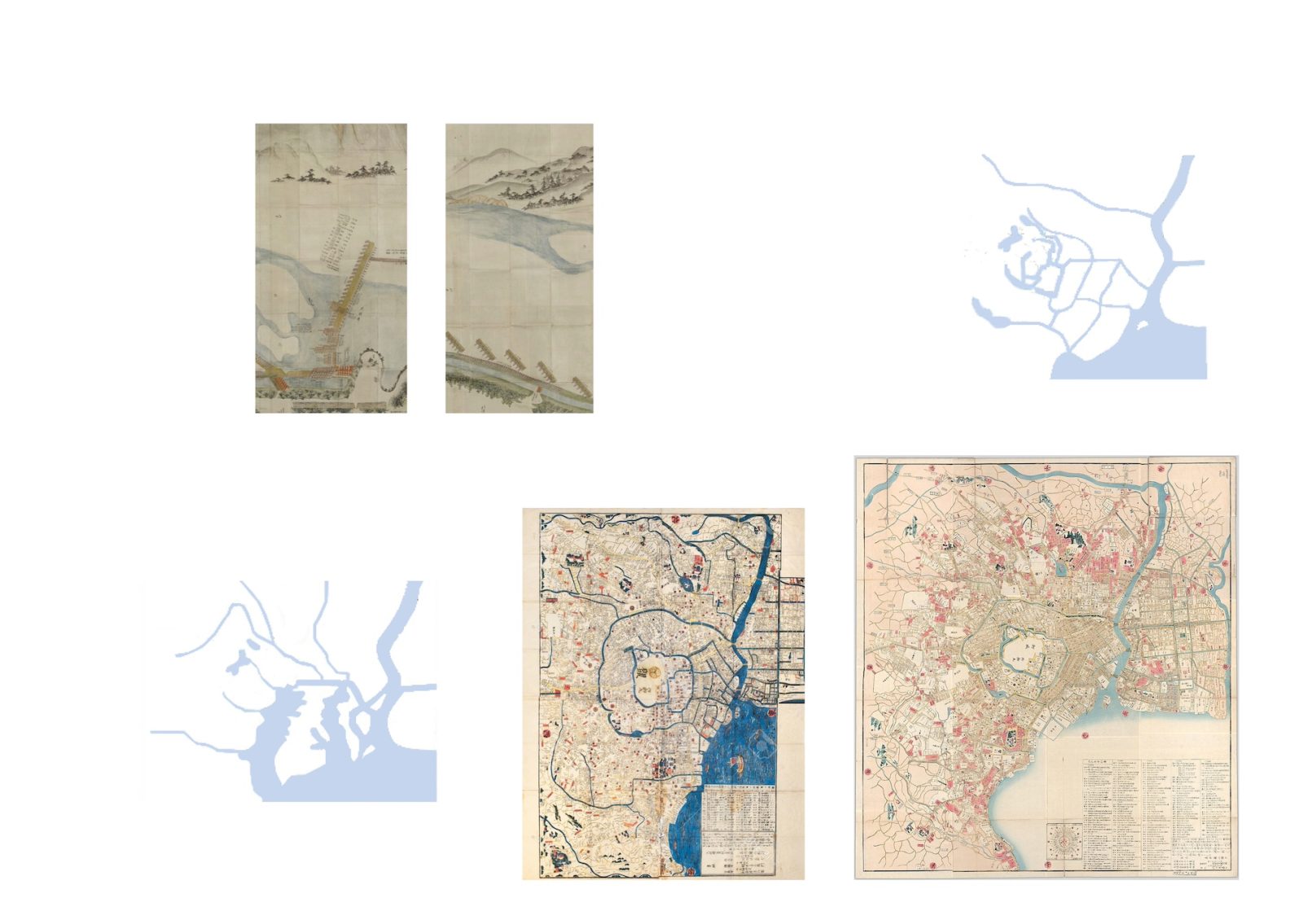
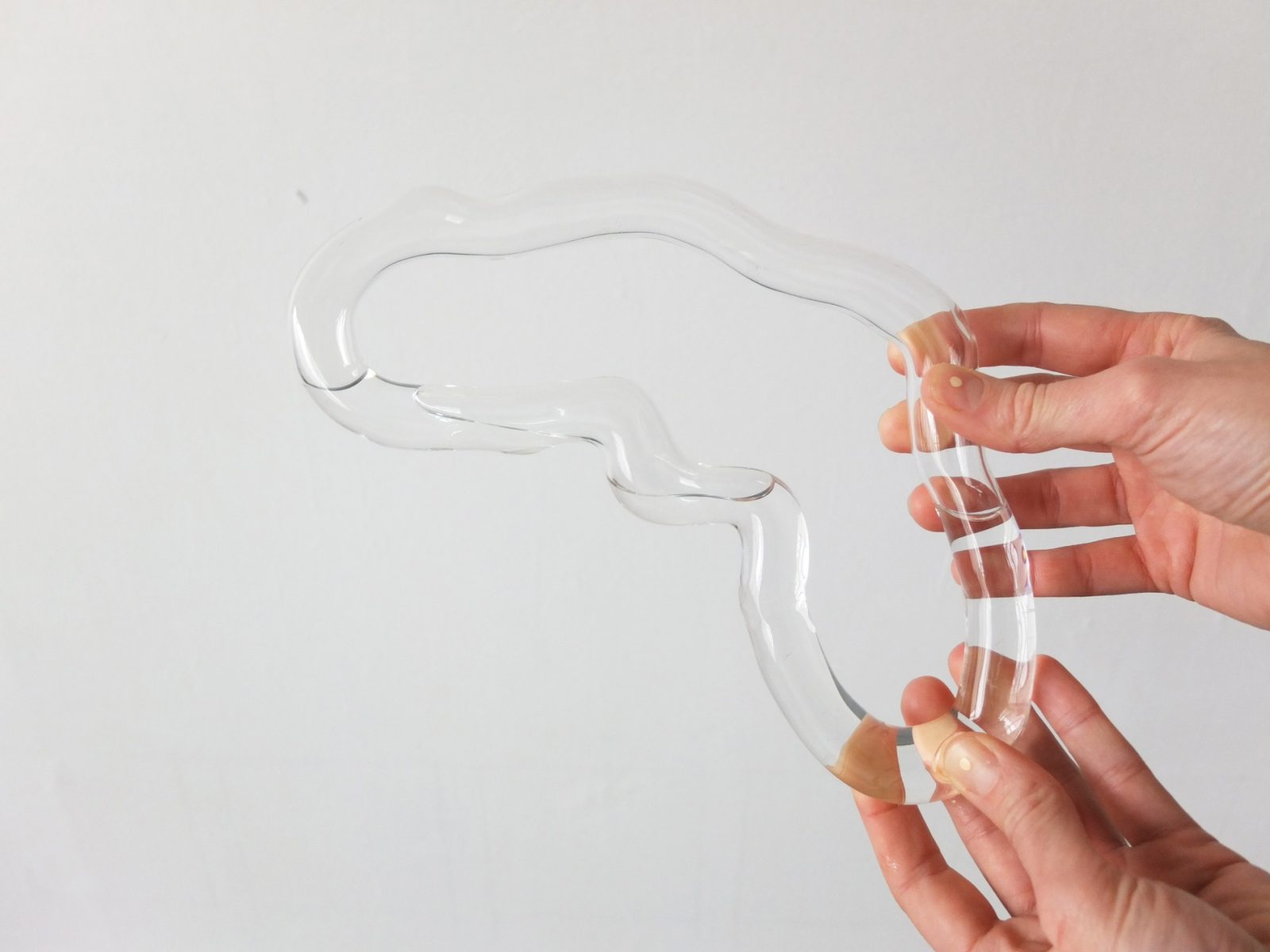
Water and Traditional Japanese Crafts: A Booklet Project
Parallel to this research, I also explored traditional Japanese crafts that rely on water — and specifically on river water — in their production processes. I was especially drawn to practices such as kimono dyeing and washi papermaking, which are inherently connected to the purity and flow of natural water sources. To experience this firsthand, I took part in a washi paper workshop in Saitama Prefecture, where I learned how local water, fibers, and centuries-old techniques come together to create this delicate material. These encounters offered a deeper, more tactile understanding of water as a creative force — not only something to be controlled or managed, but something to collaborate with.
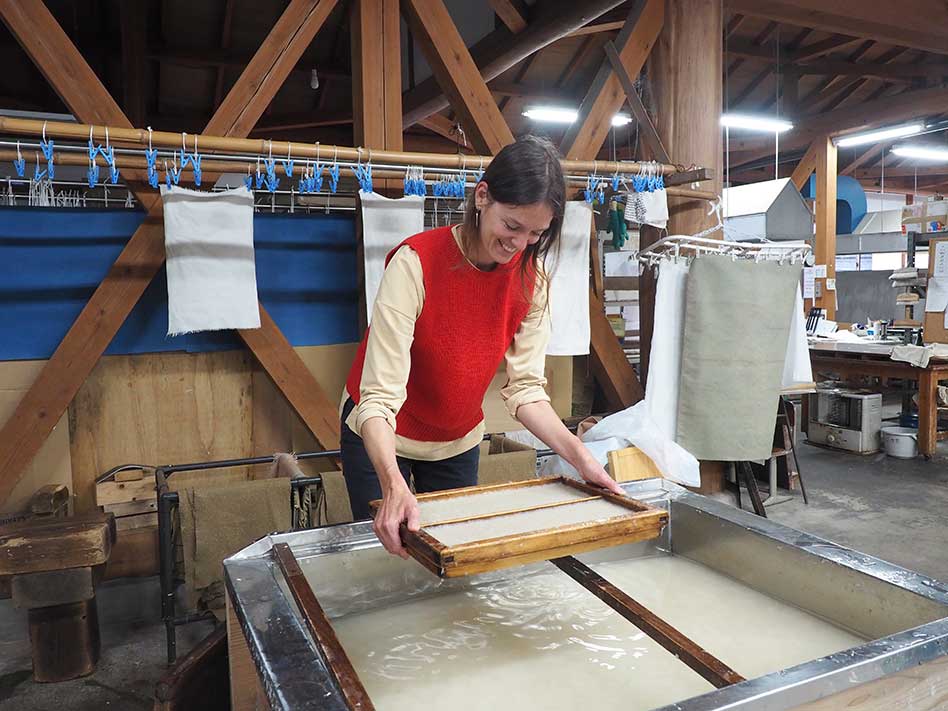
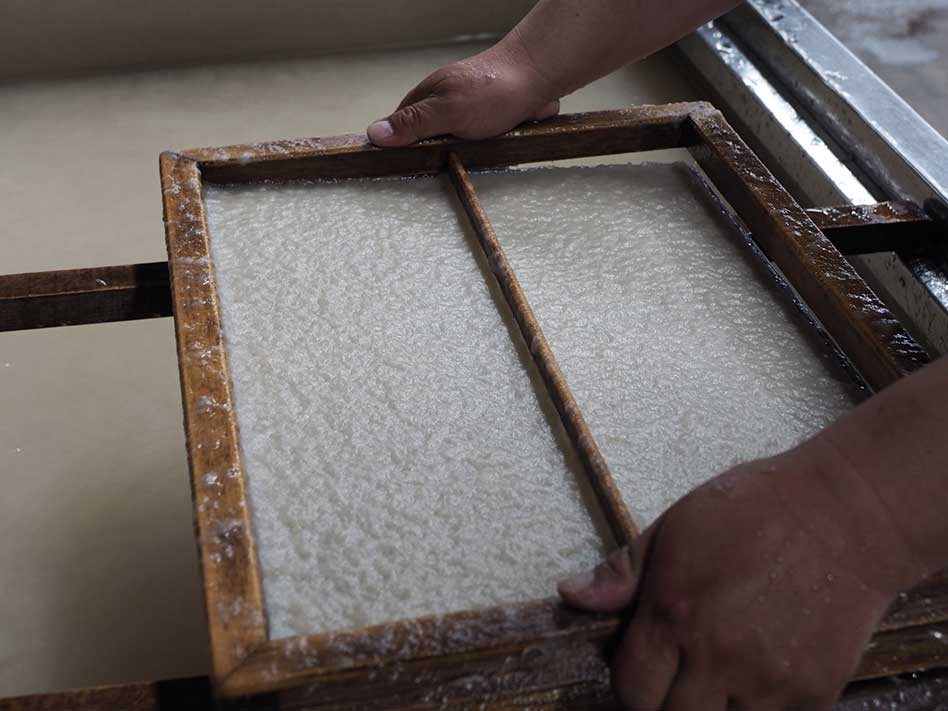
During my residency, I took photographs of objects, materials, and ephemeral elements that inspired me. These images served as visual notes—snapshots of textures, colors, and forms that sparked curiosity or emotion. Alongside these photographs, I collected fragments of text from various sources, including books, museum visits, and conversations. Together, these visual and textual impressions formed an evolving archive of references that subtly informed my thinking and creative process throughout the residency. This material ultimately resulted in a publication that can be unfolded into a three-meter-long piece, allowing the viewer to experience the layered nature of the research in a physical and spatial way.
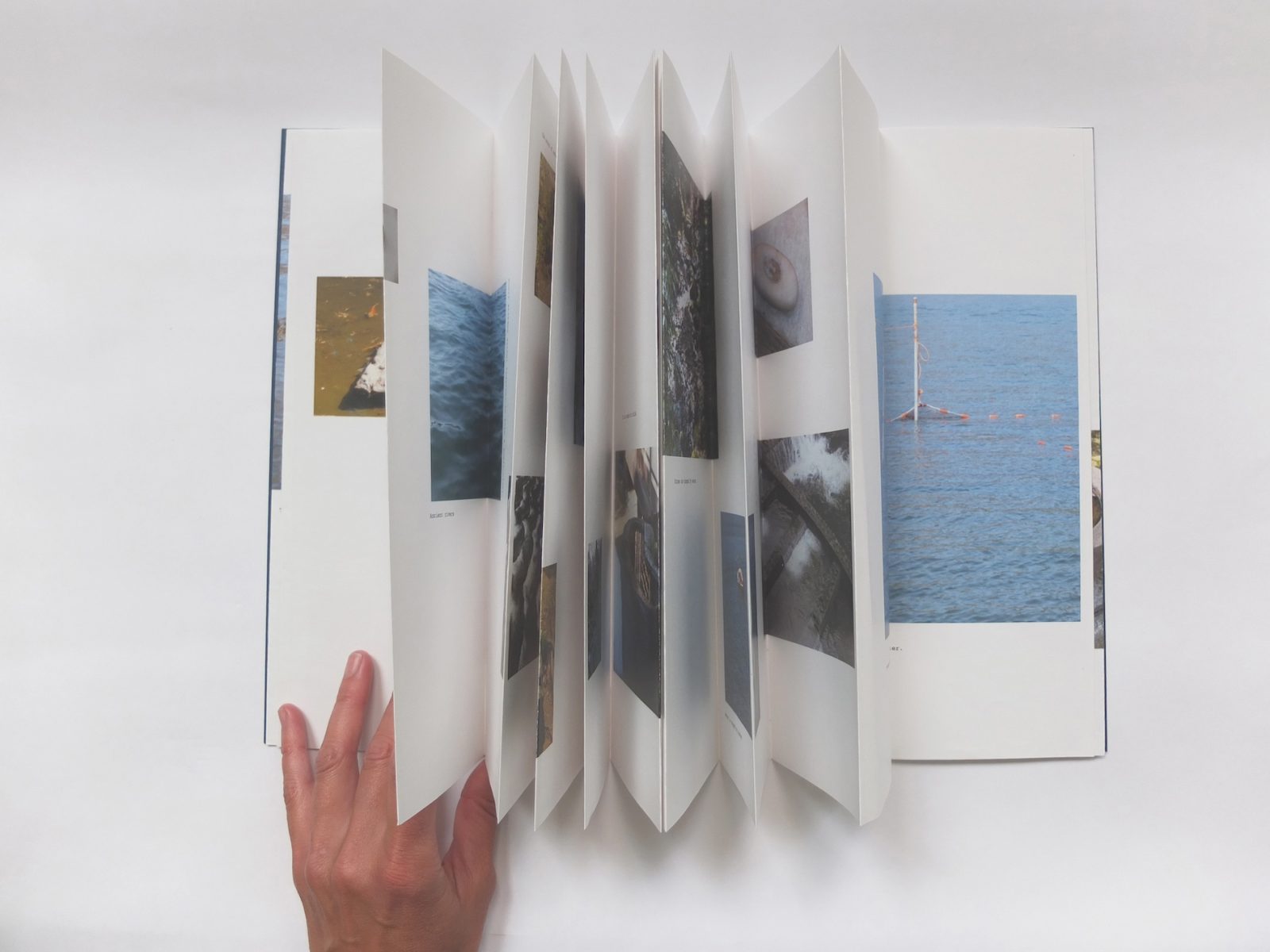
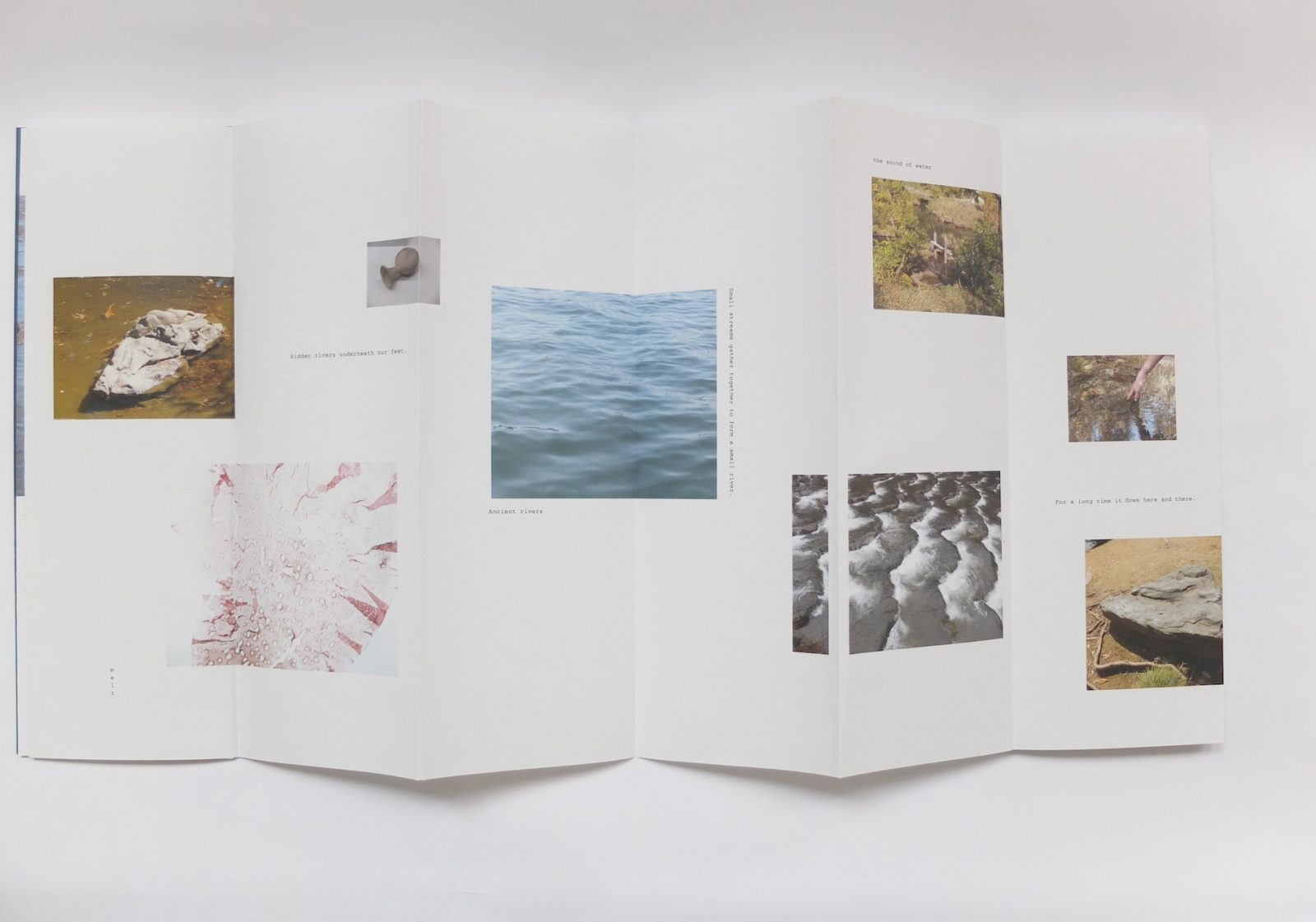
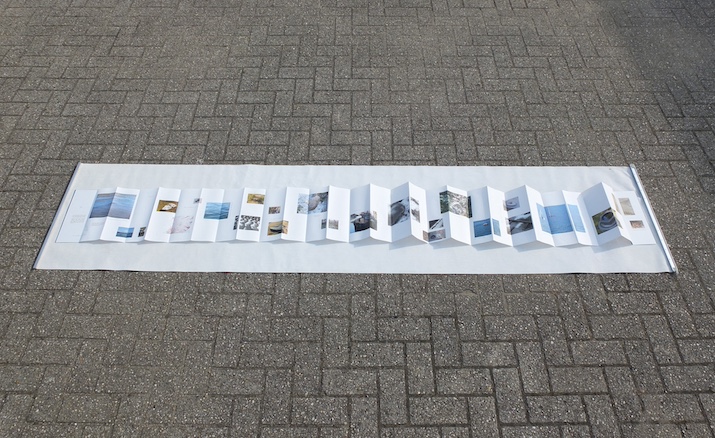
Water Management in the Netherlands and Japan
Another growing area of interest in my research is the historical and contemporary collaboration between the Netherlands and Japan in water management. Both countries have a long-standing relationship, shaped by a shared need to live with and adapt to water. In recent decades, Dutch engineers and institutions have worked closely with their Japanese counterparts on flood control, river restoration, and urban water design. This exchange of knowledge — rooted in technological innovation and a mutual respect for natural systems — is something I hope to explore further in future projects.
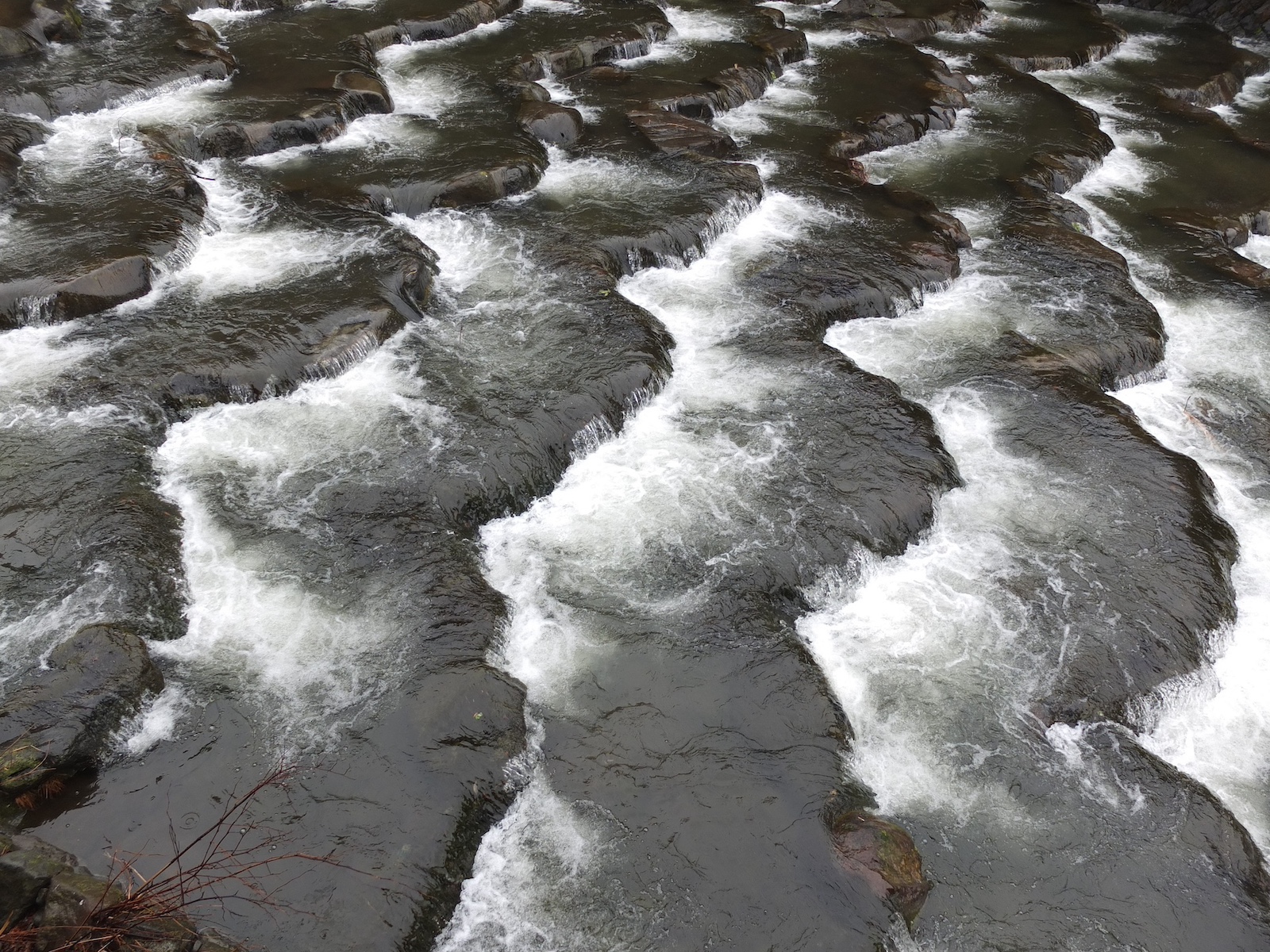
This focus on the interplay between human intervention and natural systems also informed another aspect of my work — Garden Journal Through Colour. Just as water management systems in both the Netherlands and Japan reflect a sophisticated understanding of nature’s forces, my project sought to capture the subtle shifts in the natural world. By exploring how the colors of gardens, parks, and landscapes change throughout the year, I aimed to create a visual archive that reflects nature’s cycles. The project began as a way to document seasonal transitions and translate them into visual language. From these color observations, I created banners representing the shifting palette of nature across the months. During my stay in Tokyo, I visited various gardens and parks to record their colors at specific moments in time. I created twenty-three color codes deriving from twenty-three parks and gardens in and around Tokyo. A few examples are; Embassy of the Kingdom of the Netherlands Garden, Tokyo National Museum Garden, Kiyosumi Park, Rikugi-enpark, etc.
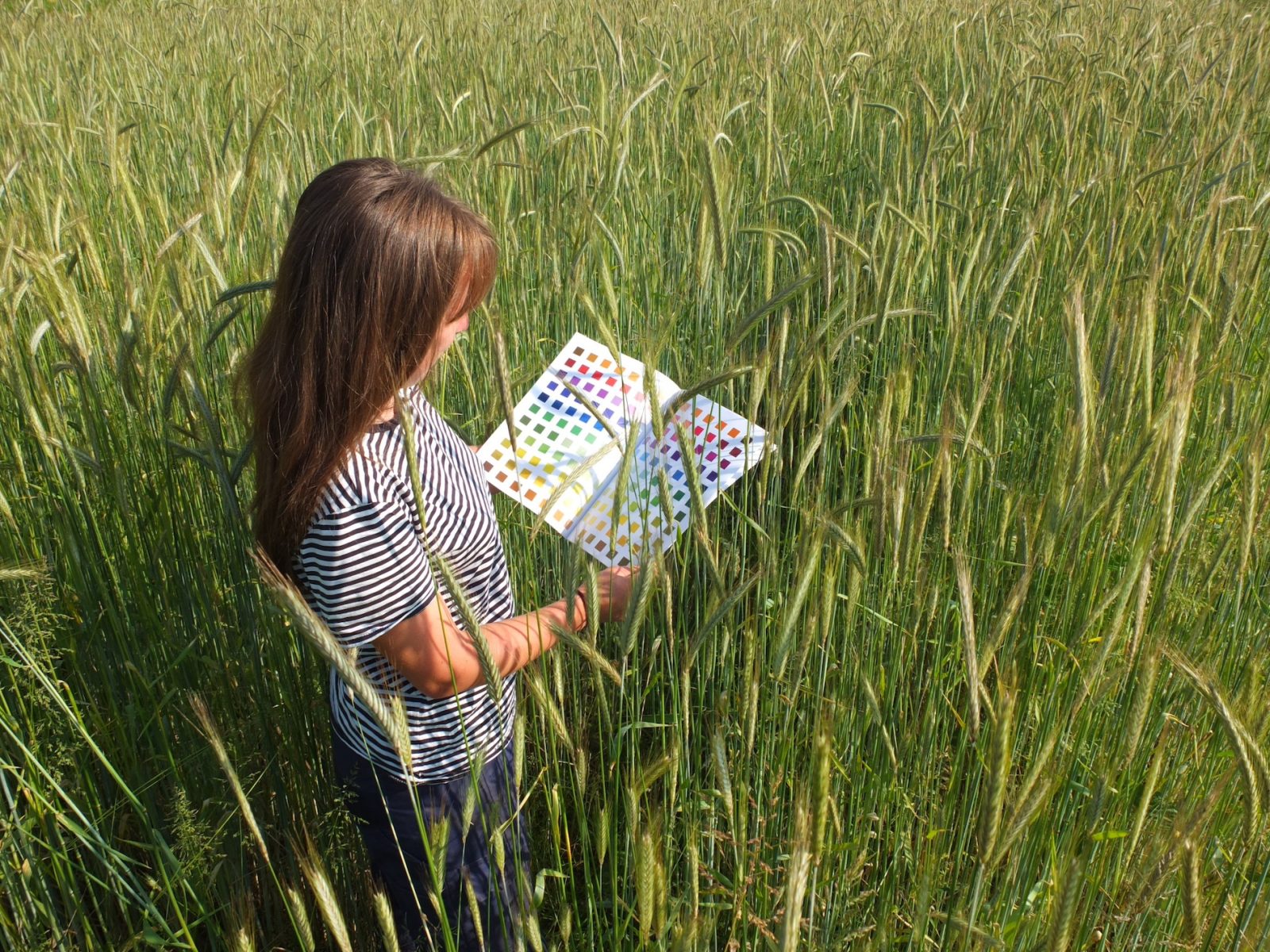
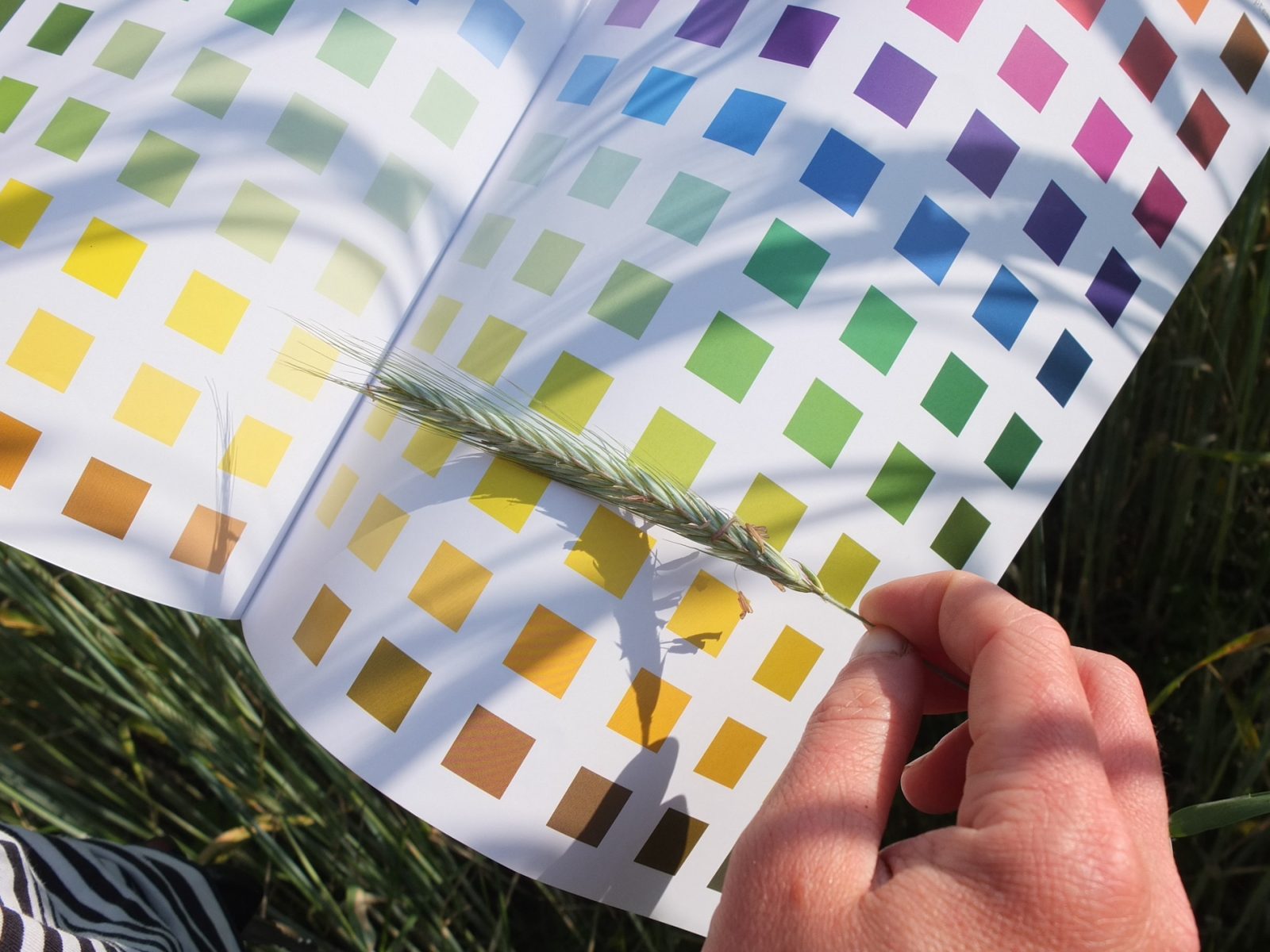
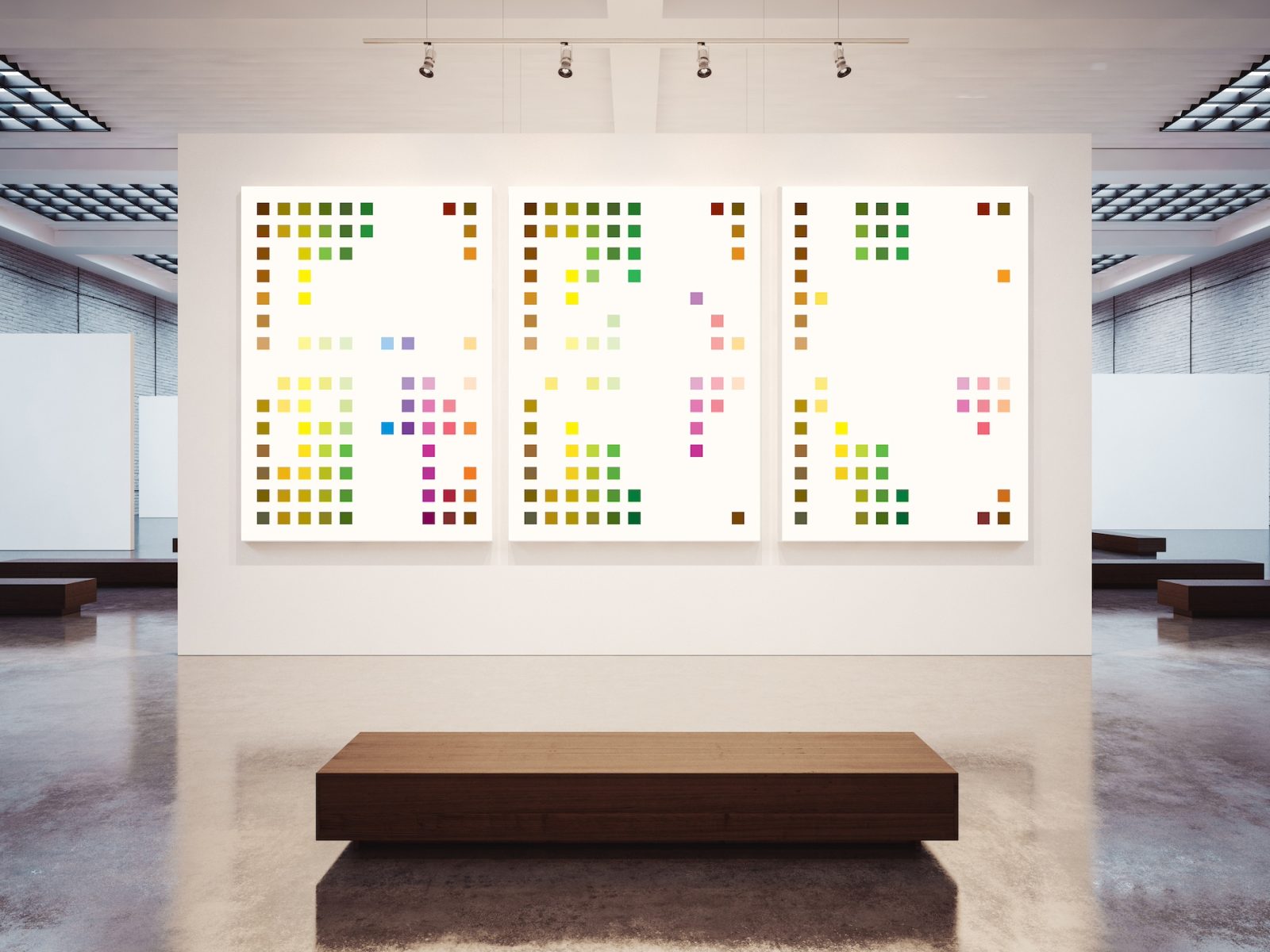
Next Steps
At the end of my residency in Tokyo, I gave a lecture in which I presented my work and shared insights into my creative process. During this talk, I discussed how my projects had developed over time and offered a closer look at the methods and ideas behind them. I also introduced the booklet in which my research is made visible — a collection of images, thoughts, and observations that emerged during my time in Tokyo.
Alongside the development of the booklet, this residency has sparked several new directions I’m eager to pursue. I plan to reinterpret the historical maps I collected by collaborating with a laboratory glass craftsman, transforming the altered river courses into delicate hanging glass sculptures—bringing the invisible history of Tokyo’s waterways into a tangible, spatial form. I also intend to present the colors of Tokyo’s parks, gathered throughout my stay, as a large-scale printed series.
My research into water is far from complete; there is still much to uncover about Japan’s intricate water networks and their deep connections to politics, belief systems, and natural disasters. The historical relationship between Japan and the Netherlands in this field is another compelling thread I intend to explore further. I want to continue researching water in Japan—not just the infrastructure, but also the materials and cultural practices tied to it. One idea is to carve Japan’s shifting coastlines through time into stone, layer by layer, creating a sculptural timeline of the country’s changing relationship with the sea. I’m also developing plans for wind spinners inspired by dry gardens, and exploring how concrete, as used in and around rivers, could be incorporated into a fountain-like installation.
Upcoming exhibitions will feature both earlier and new works. A selection of my previous color-based work is currently on view at the V&A Dundee in Scotland, featuring colors I collected from parks and gardens in the Netherlands. In June, Fountain of Heartbeats—an installation about the relationship between humans and the landscape—will be presented at both Oerol Festival on Terschelling and the Natuurmuseum Fryslân (NL). Later this summer, I will present work in an exhibition at CC Zwanenberg in Belgium. In addition the research and ideas developed during my residency in Tokyo will come together in a dedicated solo exhibition that I will curate in 2026 at Odapark in Venray.
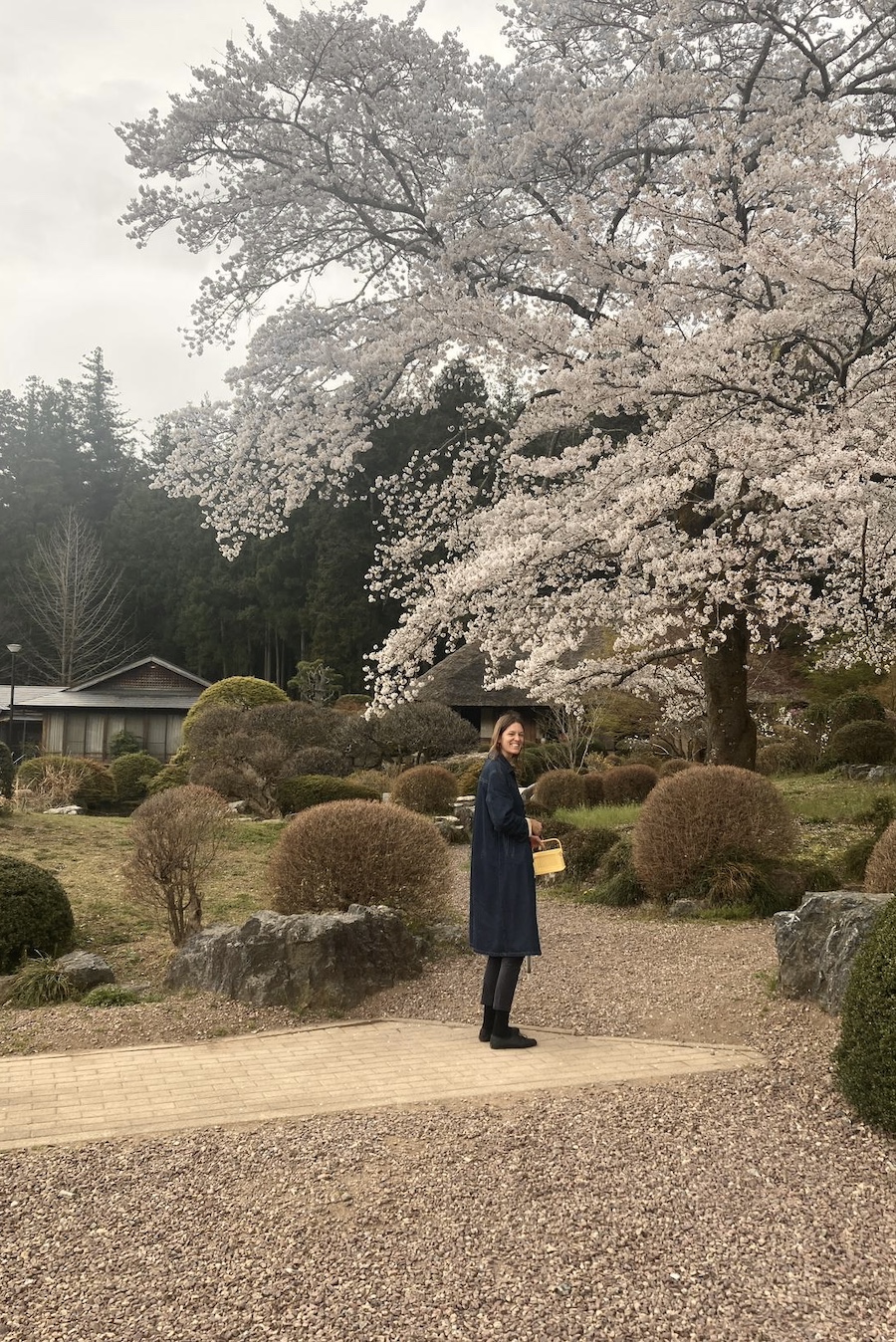
RESIDENCY とは?
RESIDENCY
Through collaborations with overseas cultural institutions and foundations, AIT invites artists and researchers working in multidisciplinary fields to Japan, and creates opportunities for international exchange with the aim of sharing knowledge and experience.
